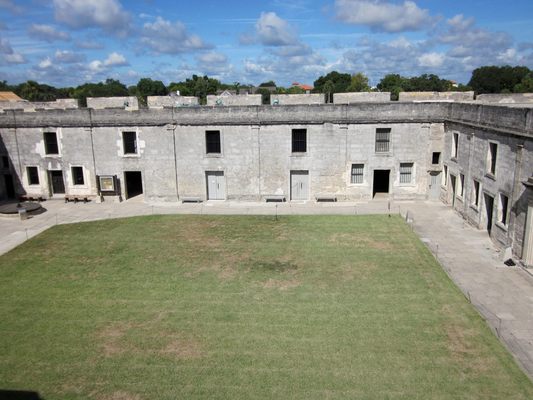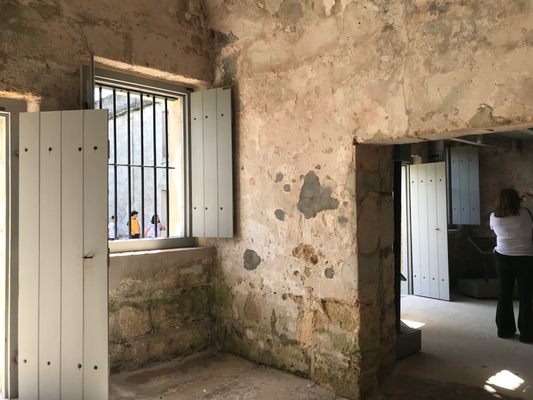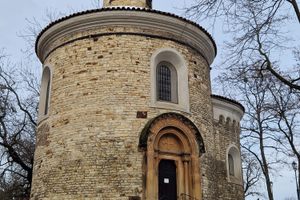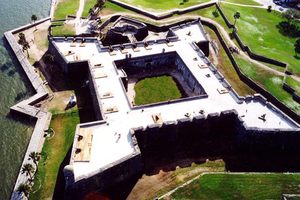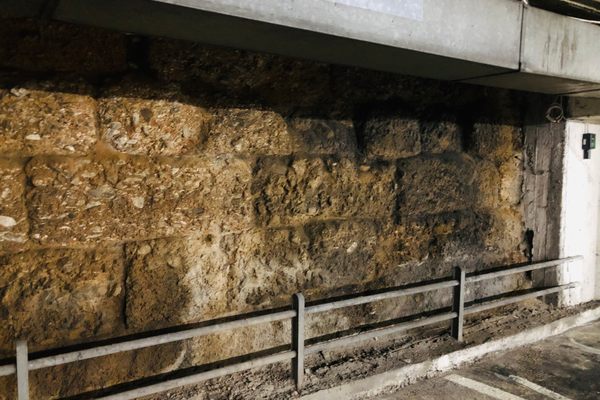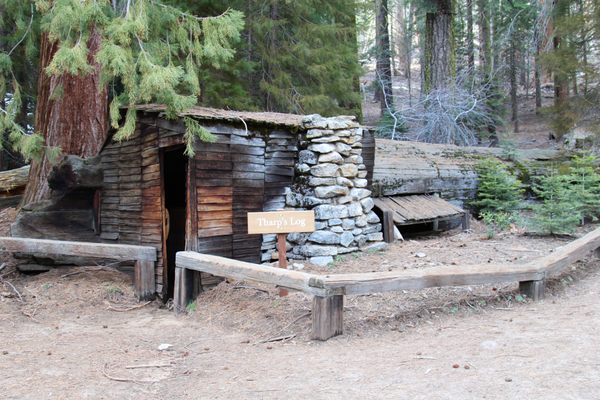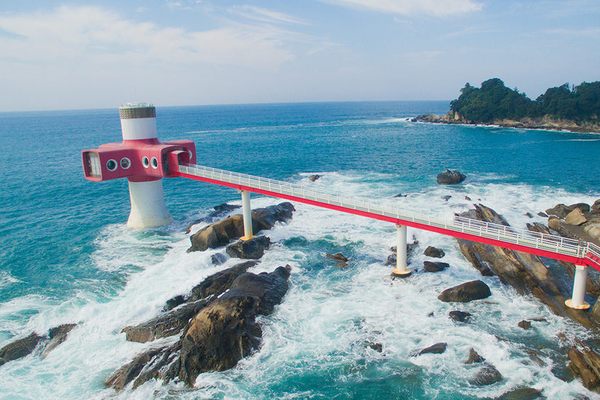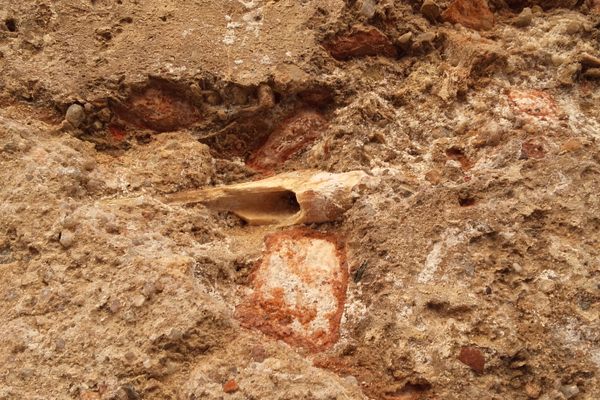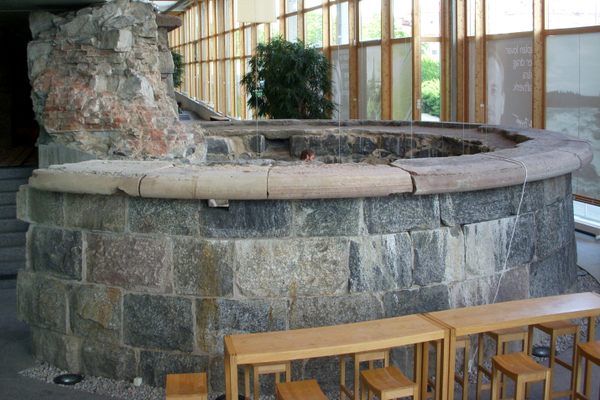About
Sail along the Matanzas Bay on Florida’s shores and you will quickly spot the gray towers of Castillo de San Marcos, a historic fort in St. Augustine, famous for its unbreakable stonewalls. Peppered by holes large and small—the marks of the many battles the fort withstood—these walls have never fallen.
Built by the Spaniards in the 17th century to guard their trade routes, the Castillo was attacked by the British multiple times. But even after being shelled with cannonballs and gunfire during a two-month siege in 1702, the fort’s walls didn’t give. Instead, they appeared to be “swallowing” the British cannonballs, which then became embedded within the stone. As one Englishman described it, the rock "will not splinter but will give way to cannon ball as though you would stick a knife into cheese.”
It took a team of two material engineering scientists, one of whom was with the U.S. Army Research Laboratory, and an enthusiastic high-school student to discover the secrets of the Castillo’s walls. The walls were built from coquina, a type of sedimentary rock formed from the compressed shells of dead marine organisms. Unlike other types of rock that crack when hit by projectiles, coquina's tiny shell particles are fluid and have the ability to reshuffle, acting more like foam than stone. That’s why the walls were never broken.
Today, the fort is one of Florida's best-kept secrets. Its walls no longer guard against invasions, but instead provide spectacular views of the Matanzas Bay and the surrounding city of St. Augustine, the oldest European settlement in North America. Now a part of the U.S. National Park Service, the fort offers a Junior Ranger Program for children that traces the fort’s history, which is quite literally written on its battered walls that are still standing strong more than 300 years later.
Related Tags
Know Before You Go
The fort is open daily, except for Thanksgiving Day and Christmas Day. It's open from 9 a.m. to 5:30 p.m., though last admission is at 5. If you're looking to avoid the crowds, the low season is from mid-September through late November.
There is an admission fee to the Castillo. The fee also includes admission to Fort Mantanzas and the boat ride over to the fort.
Community Contributors
Added By
Published
July 1, 2019




